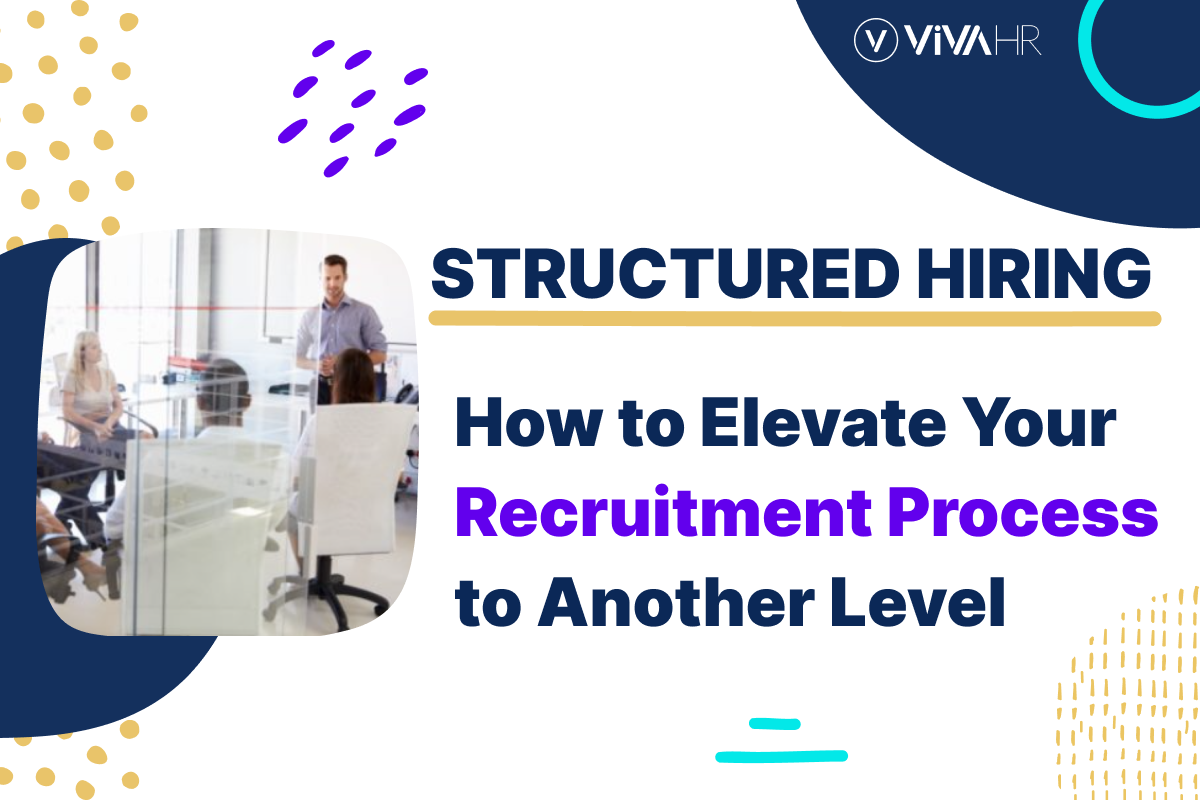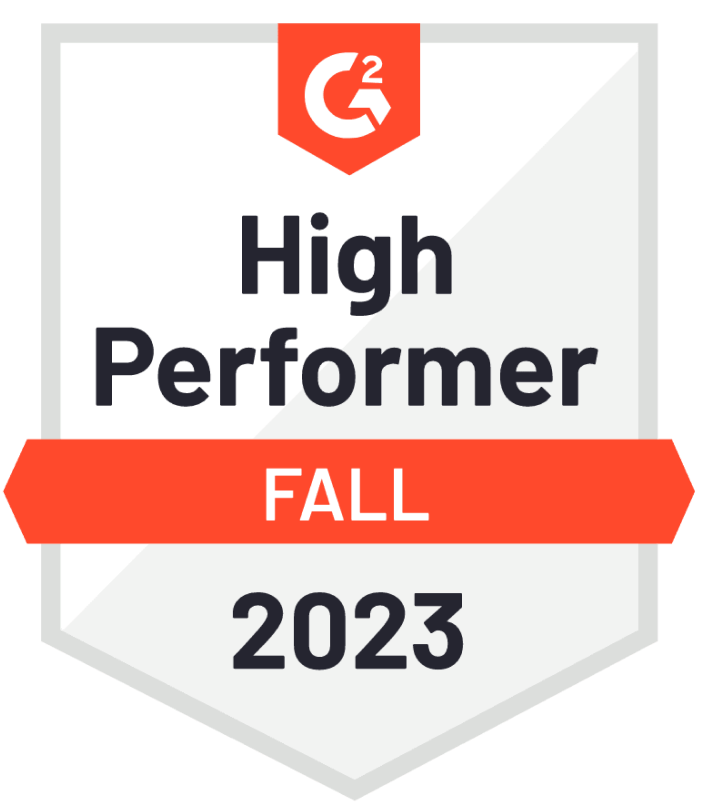Getting a hold on top talent is problematic at the best of times.
Still, tough times are no excuse for letting standards slip.
It allows companies to make the best possible hiring decisions.
Unfortunately, it’s an intensive process that involves a lot of evaluation and deliberation.
Usually, if a job offer is well advertised, a company will receive job applications from all kinds of candidates.
But why is it so important to go through all this effort when dealing with potential candidates?
It consists of a variety of methodologies devised by different companies with the aim of mitigating bias, subjectivity, and confusion in the hiring process.
Invariably, each company will have its own structured hiring system with its own distinct practices.
These include clearly defining the job’s parameters from the get-go, then scoring candidates on various scales, and finally – analyzing the results.
Once HR has an established methodology and clear standards to adhere to, bad hires become extremely unlikely.
Prepare for the Application
Regardless of a company’s scale and standard practices, a great deal of the structured hiring process takes place before the applicant interviews even begin.
The process of structured hiring invariably starts with a thorough examination of the role’s specifications.
For every position, HR must analyze the position’s responsibilities, tasks, and duties.
Consulting employees in the same team and collecting feedback on the matter is crucial here.
Their opinions, as well as the goals and expectations of management, will dictate how applicants will be evaluated.
Another crucial step in structured hiring is to develop the best possible candidate scorecard.
This must be done on a position-by-position basis.
Although it may be tempting to cut corners and just re-use scoring cards from previous recruitment runs, doing this is ill-advised.
Every position has its own set of quirks, which means that every time you need to fill a position, the process must be started anew.
This will allow HR to determine the most pertinent criteria that could be used to score candidates.
Consider the Feedback
Consider all the feedback you’ve collected on the matter, from both management and other employees.
Use this information to establish what qualities are most crucial for an applicant to be a good fit for the position in question.
This is arguably the most important aspect of all effective recruitment structures.
The more granular, objective, and data-driven you make the scoring system, the better results you’re going to have.
Naturally, you will need to market the position in all the usual places – job boards, social media, trade publications, etc.
Make sure you put your research to good use when making the offer. Do your best to be both honest with your intentions, as well as appealing.
This will allow you to attract promising candidates – as well as a deluge of other, less useful applications.
Use dedicated HR tools to sieve through the results.
First, weed out the CVs that were submitted at random by desperate job-seekers.
Then, proceed with DBS checks on what remains, to eliminate applicants that were less than entirely honest about their qualifications.
This should reduce the pool of potential hires to a level that your HR would be able to handle.
Proceed With Interviews and Candidate Evaluation
There are a lot of ways to conduct an interview.
It is up to each company to decide what to include or exclude from the process.
The structure of the interview itself can vary a lot depending on the nature of the position and company culture.
Some companies prefer to keep it formal and to the point, while others adopt a more casual approach.
Regardless of which road you take, it’s important to plan and structure the interview in a way that allows the recruiter to completely fill out the applicant scorecard.
It’s a viable tactic to get the scorecard over with at the start of the interview, then have a candid conversation with the applicant.
This may allow you to collect valuable insight about them that you can structure at the end of the scorecard.
Interspersing the “scorable” points throughout the interview may be a bit harder to pull off, but can also be a good way to go.
What’s important here is to do your best to evaluate everyone fairly.
Conduct a Post-Interview Review
Once you have collected all the relevant details for every promising candidate, it’s time to review them.
The better the format of your scorecards is, the easier time you will have while doing this.
If you’ve done a good enough job devising the scorecards and have been impartial and objective while filling them out, you should have no problem picking the best candidates.
Once you have narrowed the choice down to just a few qualified individuals, you can proceed to discuss their applications.
Getting management and co-workers involved at this point may give you valuable perspective during the evaluation process.
As soon as you’ve reached a decision you’re happy with, you can reach out to the job seeker that seems the best fit for the position.
If you’ve adhered to the spirit of structured hiring throughout the process, chances are you’ll have found the right person for the job.






